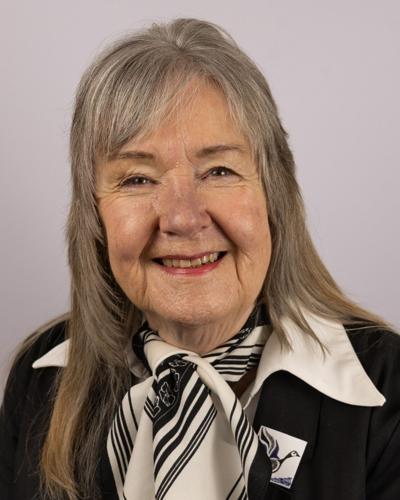Wildfire is in the news, and I am conflicted.
By Patricia Arney | Published September 13, 2025

Until recent years, the commonly accepted theory was that Muskoka had too many big lakes, which cut up the forest and prevent a fire from growing too big, while the winds aren’t strong enough to carry embers across them. But Glenn MacGillivray of the Institute for Catastrophic Loss Reduction, having seen wildfires repeatedly do things they weren’t supposed to be able to do, isn’t so sure anymore.
As a result, there is mounting promotion of FireSmart Canada plan,s and that’s where my conflict begins. For the past two years, I have heard Muskoka Lakes Fire Chief Ryan Murrell speak about FireSmart initiatives. And I see that Dr. Anabela Bonada of Waterloo University’s Intact Centre on Climate Adaptation will discuss wildfire strategies at the upcoming Muskoka Summit on the Environment on October 3rd.
I have been reading the FireSmart Home Ignition Zone Self Assessment guide, and my Muskoka property definitely would not pass. The assessment requires:
- No vegetation and only non-flammable materials within 1.5m of the house,
- Only fire-resistant vegetation within 10m,
- Trees limbed up 2m, and spaced 3m apart within 30m,
- Grass kept shorter than 10cm, and
- Diligently rake the fallen leaves and tree branches each autumn.
Many of these recommendations conflict with much of what I have been taught and have promoted in my involvement with environmental issues in Muskoka for the past 30 years: yards kept in wildflowers instead of grass, leaves left in the fall, and natural landscaping.
As for clearing my trees, I am reasonably certain there would be issues with the Township of Muskoka Lakes’ Tree Conservation By-Law, intended to “conserve, prohibit, protect, restrict and regulate the possible harvesting, removal, injuring, damaging and destruction of trees on private property in the Township.”
How would the image of Muskoka change if FireSmart recommendations were widely adopted or made mandatory, given that trees and greenery are so essential to Muskoka’s beauty?
I am also somewhat annoyed that FireSmart advice has such a significant impact on the environment, given that FireSmart Canada admits it addresses a ‘human-caused issue in 90% of incidents’. We seem to believe that we have an inalienable right to light fires. (Recently in Nova Scotia, humans were barred from the parks and forests during a high-risk period, apparently because they could not be trusted not to light fires.)
Rather than destroying what so many of us value, the beauty and privacy offered by tree cover and the proximity to nature that it fosters, why do we not put greater emphasis on education and the avoidance of lighting open fires?
Fireworks are increasingly being phased out despite their popularity, partly because of their fire danger. Is there really an inalienable right to have a ‘smores fire’ outside a fully serviced cottage?
During the complete fire ban this summer, Gravenhurst posted yellow warning signs all along the roadways. By contrast, Muskoka Lakes posted the ban only on their website, and I have neighbours who were totally unaware the total fire ban existed. Improved communication about the current fire danger is surely needed!
I know this article may provoke resistance, but I did not clear my property other than space for our home and I do not want to. I believe the natural environment is an integral and essential part of what makes Muskoka, and I suspect FireSmart recommendations were developed with a too narrow focus on prevention of loss of built infrastructure. There are more things in life than keeping buildings safe.
I am also skeptical of the efficacy of even a 30m buffer if these new winds and fires are capable of ‘jumping’ our lakes. I realize lightning strikes can cause fires, and humans sometimes need to light fires for other than aesthetic/recreational reasons, but I’ll bet very few wildfires are caused by the escape of fires lit for such reasons. I suggest the messaging must emphasize that it is the responsibility of everyone to be careful and be safe.

This is article #14 in Living Smarter in Muskoka, the current series of articles from Muskoka Watershed Council edited by Dr. Peter Sale. Author of this article is Patricia Arney, long-time Member and former Chair of MWC. Patricia promotes sustainable environmental stewardship and does not hesitate to question accepted practices.
First published by MuskokaRegion.com
